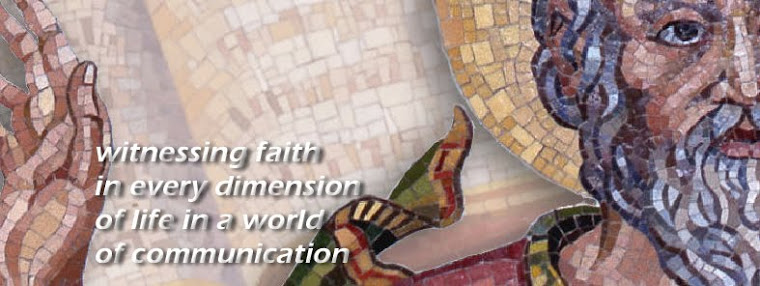VATICAN CITY, 21 NOV 2009 (VIS) - This morning in the Sistine Chapel, Benedict XVI met with artists in an event promoted by the Pontifical Council for Culture to mark the tenth anniversary of John Paul II's Letter to Artists of 4 April 1999, and the forty-fifth anniversary of Paul VI's meeting with artists of 7 May 1964. The 262 artists participating in the meeting came from different continents and were divided into five categories: painting and sculpture; architecture; literature and poetry; music and song; cinema, theatre, dance and photography.
HIGHLIGHTS
Benedict XVI refered to the Sistine Chapel fresco of the Last Judgement, explaining that it "reminds us that human history is ... a continuing tension towards fullness, towards human happiness. ... Yet the dramatic scene portrayed in this fresco also places before our eyes the risk of man's definitive fall. ... The fresco issues a strong prophetic cry against evil, against every form of injustice. For believers, though, the Risen Christ is the Way, the Truth and the Life. For His faithful followers, He is the Door through which we are brought to that 'face-to-face' vision of God from which limitless, full and definitive happiness flows". The Holy Father also noted how the present is marked, "not only by negative elements in the social and economic sphere, but also by a weakening of hope, by a certain lack of confidence in human relationships, which gives rise to increasing signs of resignation, aggression and despair".
"What is capable of restoring enthusiasm and confidence, what can encourage the human spirit to rediscover its path, to raise its eyes to the horizon, to dream of a life worthy of its vocation - if not beauty? Beauty ... reminds us of our final destiny" and "gives us the courage to live to the full the unique gift of life. The quest for beauty that I am describing here is clearly not about escaping into the irrational or into mere aestheticism.
"Too often", the Pope added, "the beauty that is thrust upon us is illusory and deceitful, superficial and blinding, ... a seductive but hypocritical beauty that rekindles desire, the will for power, possession, and domination over others, it is a beauty which soon turns into its opposite, taking on the guise of indecency, transgression or gratuitous provocation. Authentic beauty, however, unlocks the yearning of the human heart, the profound desire to know, to love, to go towards the Other, to reach for the Beyond".
"Art, in all its forms, at the point where it encounters the great questions of our existence, ... can take on a religious quality, thereby turning into a path of profound inner reflection and spirituality. This close proximity, this harmony between the journey of faith and the artist's path is attested by countless artworks that are based upon the personalities, the stories, the symbols of that immense deposit of 'figures' - in the broad sense - namely the Bible, the Sacred Scriptures". The Holy Father then turned his attention to "a 'via pulchritudinis', a path of beauty which is at the same time an artistic and aesthetic journey, a journey of faith, of theological enquiry. ... The way of beauty leads us to grasp the Whole in the fragment, the Infinite in the finite, God in the history of humanity.
"Simone Weil wrote in this regard: 'In all that awakens within us the pure and authentic sentiment of beauty, there, truly, is the presence of God. There is a kind of incarnation of God in the world, of which beauty is the sign. Beauty is the experimental proof that incarnation is possible. For this reason all art of the first order is, by its nature, religious'".


No comments:
Post a Comment